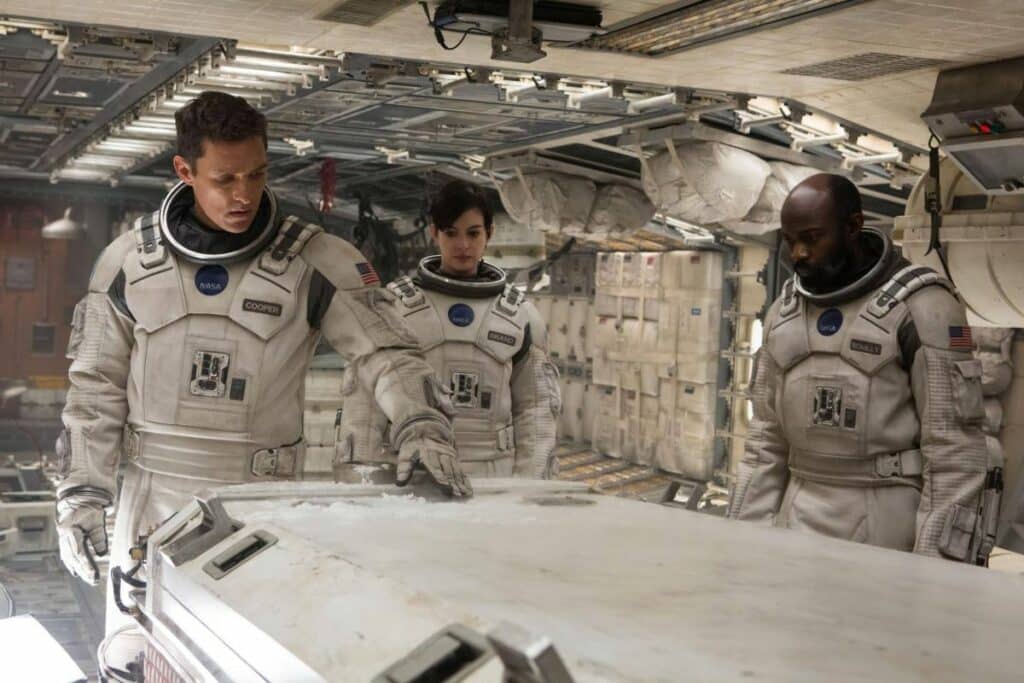Interstellar may have taken years to develop, but the film finally premiered in 2014 to much acclaim. It was all people could talk about for a while, although that might have been because of the confusing subject. After all, most of those who watched it weren’t theoretical physicists. Do you know who was one, though? Kip Thorne, an executive producer and consultant for the film. So, although it’s fiction, there is actual science to back up its visual effects and technical aspects. Want to know more about the facts behind this story? Then read on!

Accuracy was a concern
If you’re making a movie about space and wormholes, having a theoretical physicist as an executive producer can give you certain advantages. For example, you can use their expertise to ensure that the science depicted is as accurate as possible. That’s what Christopher Nolan did.

Nolan asked Kip Thorne to do the math that the special effects team would later use to create the black holes. Thorne was also consulted to ensure any dialogue about space events would be accurate.







